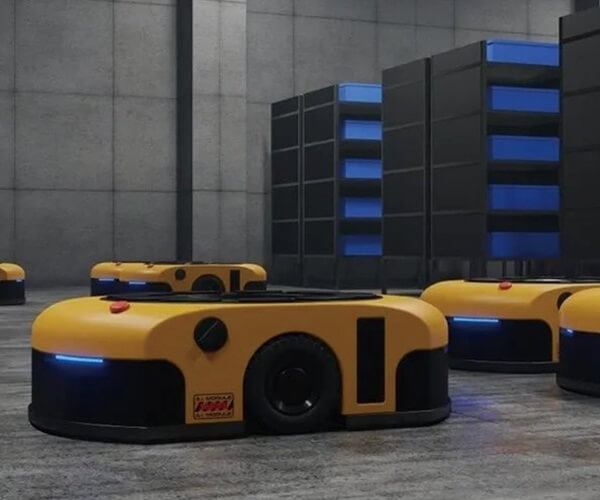Certainly! Here’s the first part of your soft article centered around "very small servo motors." I will craft an engaging, attractive tone, weaving in the technical allure and creative potential of these tiny yet mighty components.

Imagine holding a marvel of engineering—so petite that it fits snugly in the palm of your hand, yet capable of performing complex, precise movements that rival larger counterparts. Welcome to the fascinating universe of very small servo motors, a realm where size defies expectations and innovation knows no bounds.
At their core, servo motors are a specialized type of motor engineered for precise control of angular or linear position, velocity, and acceleration. Unlike standard motors, which run at fixed speeds or require intricate external controls, servo motors incorporate feedback systems—like encoders or potentiometers—that constantly inform the controller of their position. This feedback loop allows for meticulous movement regulation, making them invaluable in applications where accuracy is non-negotiable.
The "very small" designation often refers to servo motors with dimensions typically under 30mm in length and width, some even smaller, fitting within a compact form factor suitable for tight spaces. Despite their diminutive size, these tiny servos pack a surprising punch. They are built with precision gears, lightweight materials, and efficient electrical components designed to optimize power-to-performance ratios.
What makes very small servo motors particularly attractive is their blend of miniature form with impressive functionality. They open doors to innovations in fields where space is limited but performance demands are high. For example, in robotics, miniature servos enable robots to perform delicate tasks—like handling tiny electronics—or to navigate complex environments with agile, precise movements. They’re also vital in drone technology, where weight savings mean longer flight times and better maneuverability.
The evolution of these tiny marvels traces back to the burgeoning need for miniaturization in electronics and automation. Today, the market is flooded with an array of micro servos that are not just small but also highly responsive. Many come with metal gears for durability and precision, waterproof options for outdoor applications, and customizable control protocols—offering a versatility that surpasses their small stature.
One of the key features making very small servo motors universally desirable is their low power consumption. This trait is especially critical in battery-powered devices, where every milliamp counts. For instance, in wearable technology, medical implants, or remote-controlled applications, efficiency means longer operation times without sacrificing responsiveness.
In addition, their lightweight nature makes them suitable for delicate or portable systems. Think of miniature robotic arms used in assembly lines or tiny prosthetics offering more natural movement—these rely heavily on tiny servos to function smoothly and accurately. The field of medical robotics, in particular, benefits tremendously from the high precision and delicate control offered by these tiny motors.
But what about their limitations? As with everything, there are trade-offs. Very small servo motors tend to have lower torque compared to larger models. This means they’re best suited for lightweight tasks rather than heavy-duty applications. However, ongoing advancements in gear technology, motor design, and material science continually push the boundaries of what tiny servos can achieve.
The control systems for very small servo motors are also crucial. With the integration of modern microcontrollers and sensors, these miniature devices can achieve commands with remarkable granularity. The servo's responsiveness and stability are enhanced, which is essential in applications where milliseconds matter—like in high-speed robotics or precision CNC machinery.
In the world of hobbyists and DIY enthusiasts, tiny servo motors are practically legendary. They empower creators to craft miniature drones, intricate animatronics, or even tiny robots that dance, navigate, and respond to their environment. Their affordability and ease of use make them a staple in educational kits and prototype development.
From an engineering perspective, the challenge often lies in balancing size, power, and durability. Engineers are continually innovating with materials like carbon fiber and advanced plastics to make servos stronger yet lighter. Magnetic materials have become more efficient, providing smoother control and less heat generation. Meanwhile, advancements in firmware and signal processing allow these tiny motors to perform with a degree of sophistication that was impossible a decade ago.
As we look toward the future, the potential of very small servo motors becomes even more striking. With the rise of artificial intelligence, the integration of tiny servos into smarter, autonomous systems seems inevitable. Imagine miniature drones capable of navigating complex environments indoors, or medical robots performing surgeries with unparalleled precision—all powered by tiny, responsive servos.
Moreover, the push toward sustainable and eco-friendly technology ensures that future tiny servos will need to be not only efficient but also environmentally conscious. Researchers are exploring biodegradable components and energy-harvesting methods to make these tiny devices even more eco-friendly and sustainable.
The adventure of innovation in very small servo motors is far from over. As materials science, control algorithms, and miniaturization techniques continue to improve, the scope of applications will only expand. What once seemed impossible—controlling the fluttering movements of tiny biomimetic robots or creating ultra-compact sensors—becomes increasingly feasible.
In essence, very small servo motors exemplify the power of miniaturization: the ability to do big things with little. They serve as the backbone of countless technological advancements, seamlessly blending the art of engineering with the science of movement. And they embody a principle that resonates across all fields of innovation—sometimes, the smallest components can make the biggest difference.
Leveraging innovations in modular drive technology, Kpower integrates high-performance motors, precision reducers, and multi-protocol control systems to provide efficient and customized smart drive system solutions.




































